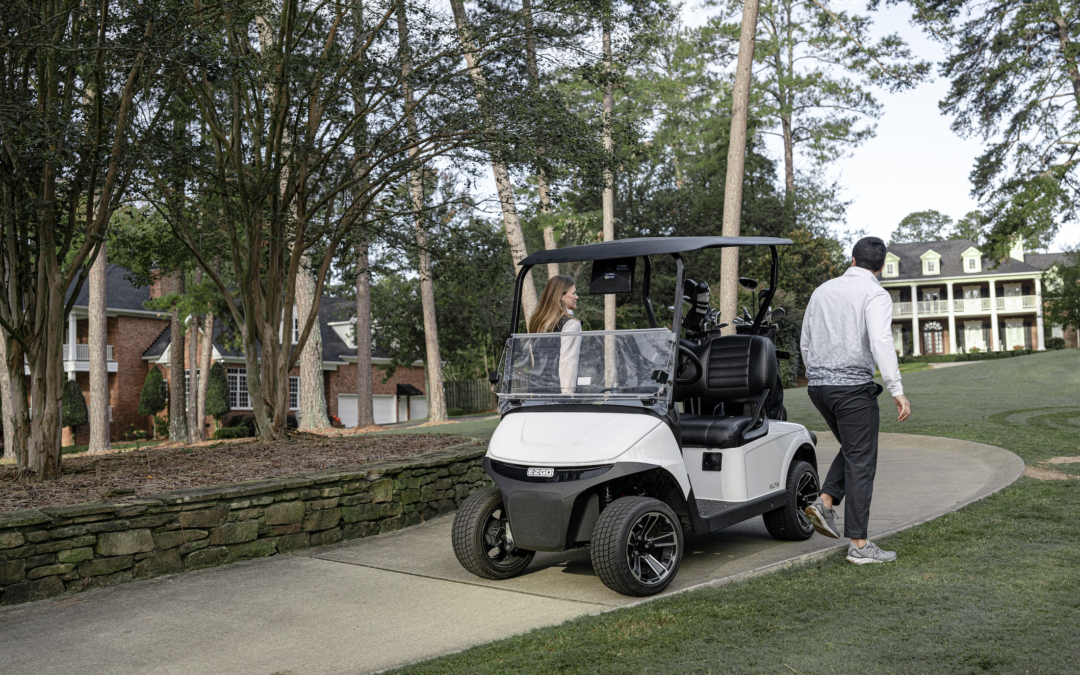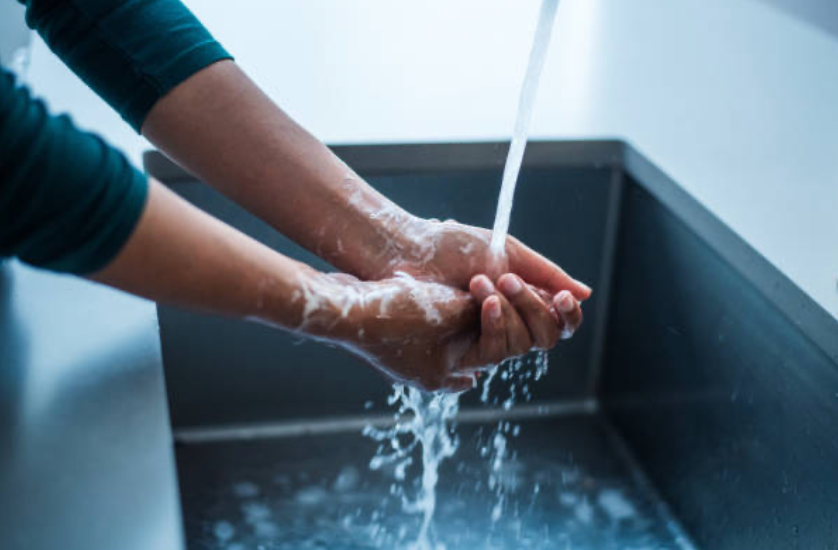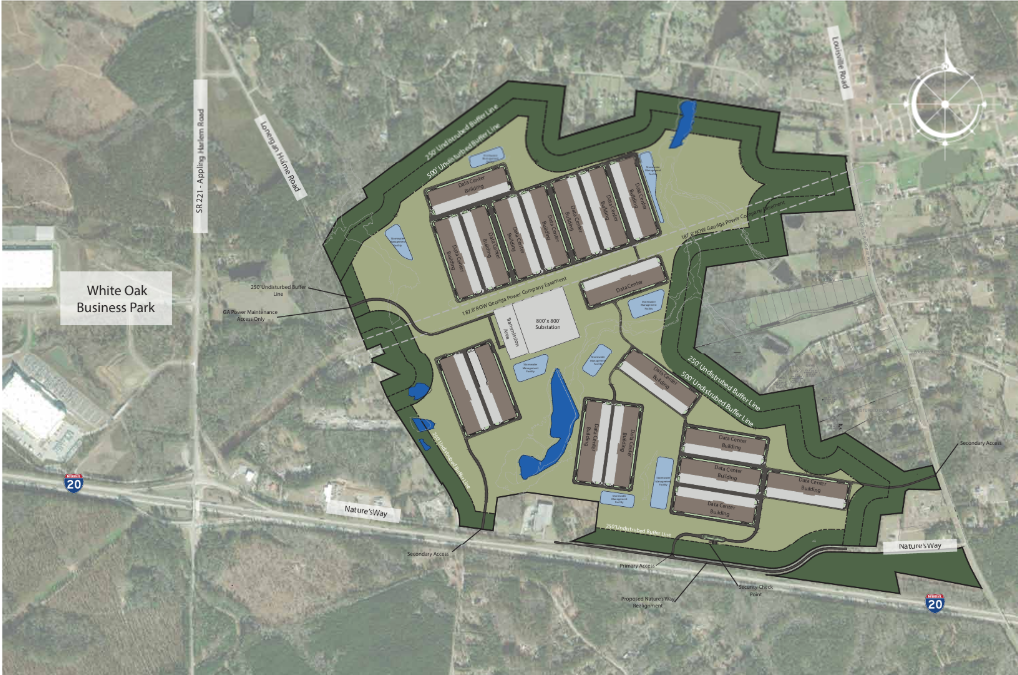Hurricane Helene came in with a vengeance, destroying lives, property, and leaving damage like never seen before in our area. With high winds, downed trees, and flooding, it also damaged many vehicles that may show up on a car lot sooner than later. These cars can have problems that are nearly impossible to fix and are hard to notice at first glance.
Most flood cars are disposed of by insurance companies in the normal fashion, by salvaging them for parts at junk yards and branding the title as salvage. This is what should happen to any car or truck that is flooded, in my opinion. Some of these cars will slip through the cracks and could in up in your driveway if you do not do a little research.
When water enters the inside of a vehicle, it can cause problems with electronic components such as control modules, wiring connectors, corrosion and even mold that could be dangerous to your health. Most of the times it is not cost effective to get these vehicles back operational again, but there are some on the margins that may get back to market and the problems can take time to show up to the new owners.
Hurricane Katrina struck the southern United States back in 2005, and while working in the field, I saw my fair share of flood cars come through the service department. They all seemed to have some type of electrical issue, and most of them originated from the area where Katrina did some damage. Most of these cars ended up with extensive repair work or even abandonment by their owners.
So how can you tell if your new-to-you car isn’t a watery lemon? One weapon we have that wasn’t as popular back then in CARFAX, which is a registry of every car titled in the United States. The CARFAX is available online for purchase by the consumer or sometimes given for free at a new or used car dealer.
It will tell you the ownership history, every location of title transfer, and any history of flooding, wrecks, or damage. It is not a perfect system and some cars, especially older vehicles, can slip through the cracks. A CARFAX report costs $44.99 and can be purchased on their website using the VIN number of the car.
A proper inspection by a technician is normally the best way to tell if your purchase is going to be a good one. Techs will know what to look for, and a paid inspection is normally worth its weight in gold. Do not trust the inspection of the people selling the car.
There are other ways to tell as well, and you can do these few things yourself at the point of sale. On thing that is common in flood vehicles is the odor. The car will smell like a forgotten wet towel in a gym bag. Sometimes this can be covered up, but it will normally come back on a hot day or if the car has been closed up for a while.
Also condensation in the headlights and tail lights is tough to remove and may still be present. There may be a water line or rust underneath the spare tire, which is an area normally forgotten by those trying to recondition these cars for a quick sale. One thing I found common in flood cars is the brackets and hardware that held the front seats in were normally covered in rust or corrosion.
Using these tips to purchase a car at any time is always a good practice, but now it may be even more important for the next year or so if your area was affected by Helene.
As for me, I will see you on the road!









